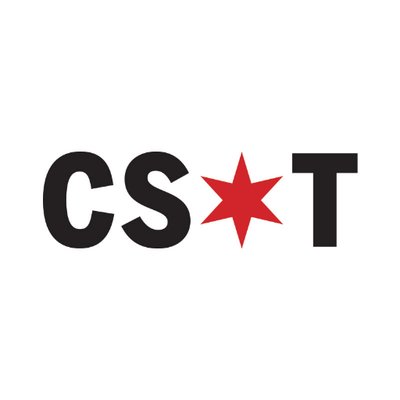



The Bears are asking for trust again, and given how many times everyone has been burnt by this franchise, that’s a huge request.
While it’s not fair to hold Ryan Poles accountable for the errors of his predecessors, that’s the environment he’s navigating during the rebuild. Everyone is perpetually skeptical and jaded when it comes to the Bears, and that’s earned
For Poles’ part, he’s been relatively transparent about his plans, saying outright this week he’s only 75-80% of the way through his to-do list on the rebuild. The Bears being 80% of what Poles envisions would be refreshing. It was probably at about 20% last season.
But as the preseason wrapped up this week, the Bears hadn’t gotten all the answers they’d wanted. Wide receiver Chase Claypool turning it around is a perfect example of something the Bears hope happens, but can’t be sure of. There isn’t concrete evidence of his progress.
“Concrete is hard to say because we haven’t played a game, but up until the point [he got hurt], he was showing his best version of himself — making a lot of plays, bringing energy, physicality,” Poles said. “At that point, I felt really good.”
But what Claypool showed last season was frustrating. His production dipped before the Steelers traded him to the Bears, then he put up just 14 catches for 140 yards in seven games. The Bears kept repeating how hard of an adjustment it is to learn a new playbook coming in midseason, but there’s no doubt they expected more from Claypool nonetheless.
Poles maintained optimism, but acknowledged in February that Claypool has “a lot to prove.” Claypool said it, too, and called this “the biggest year of my life.”
The talent is there. Claypool was a second-round pick out of Notre Dame and had 121 catches for 1,733 yards and 11 touchdowns over his first two seasons. The Bears are looking for something in line with that.
If it feels like a pivotal season for Claypool, imagine the pressure on Justin Fields.
The Bears need clarity on whether he’s their franchise quarterback by the end of this season. They have a prime opportunity to reboot the position in the upcoming draft if needed and they need to know whether to use those picks to replace Fields or make upgrades around him.
Fields looked solid and shaky during preseason practices and didn’t play much in the games. It’s not readily discernible whether he’s going to be much different than last season, when he led all starting quarterbacks in yards rushing but was last in yards passing. He might show something far more sophisticated once the games start, but that can’t be assumed based on what he did in August.
For contrast, look at wide receiver DJ Moore. Poles touted him as a game-changer when traded for him in March, and nearly six months later it’s obvious he was right. Moore has been overwhelming in practice and preseason games, and it looks like he’s even better than the Bears thought.
“He’s just quicker than I thought he was,” coach Matt Eberflus said.
The Bears also have been talking up right guard Nate Davis as a landmark acquisition for their offensive line, but that’s another message that takes trust to believe. He played 60 of a possible 71 games, including playoffs, the last four seasons for the Titans, but his start with the Bears has been curious.
After signing a three-year, $30 million deal, Davis missed the first two weeks of Organized Team Activities. He also missed extensive practice time in the preseason because of what Poles called “a combination of things.” He and Eberflus made clear it would’ve helped to have him on the field more.
“When he has gone, it’s everything that we saw on tape [from the Titans], so I’m confident we’re going to be in a good place,” Poles said. “He’s doing well now. But knocking that rust off and getting going, that’s going to be the key thing.”
The Bears have pointed to a lot of reasons why they’ll be better this season, but the preseason was rife with maybes. A lot of this could go either way.
And that’s where Poles will earn trust or distrust. As a second-year general manager, he doesn’t have much of a track record. His is being formed in real time. Whether he has been right or wrong on key decisions will come to light this season once the games start, and that’ll determine how much trust he gets when the Bears hit the final phase of his rebuild — theoretically — next year.
